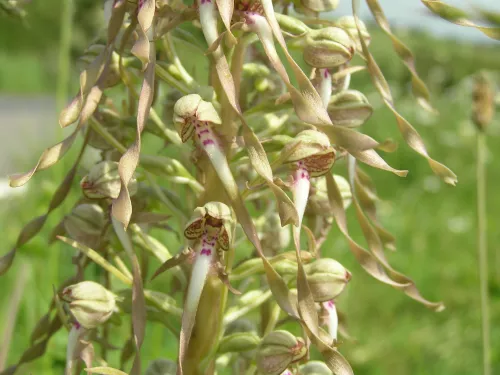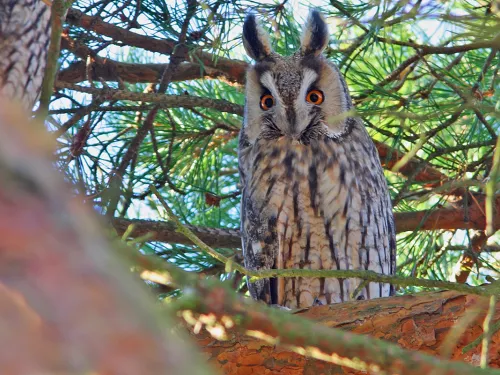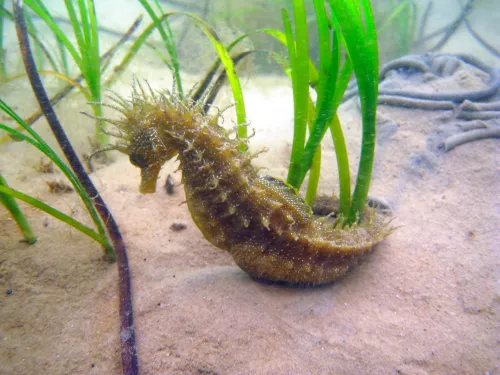Little tern
Found around our coasts during the breeding season, the little tern is a diminutive seabird. Despite its size, it performs remarkable aerial courtship displays.
Found around our coasts during the breeding season, the little tern is a diminutive seabird. Despite its size, it performs remarkable aerial courtship displays.

The petals of the rare Lizard orchid's flowers form the head, legs and long tail of a lizard. They are greenish, with light pink spots and stripes, and smell strongly of goats! Spot this tall plant on chalk grasslands and dunes in the South East.
A well known inhabitant of UK seas, common lobsters can reach up to 60cm in length.
The London plane tree is, as its name suggests, a familiar sight along the roadsides and in the parks of London. An introduced and widely planted species, it is tough enough to put up with city life.
Masters of disguise, this species exhibits one of the best examples of camouflage you will find on the seashore!

Unsurprisingly, the nocturnal long-eared owl sports large 'ear tufts' on its head, while the short-eared owl has much smaller ear tufts. A shy bird, it is best spotted around the coast when migrating, or in its communal winter roosts.

One of 2 seahorses found in UK seas, long snouted seahorses are recognisable by their longer snout and fleshy "mane".
This dainty seaduck is a winter visitor to our coasts, particularly in northern and eastern Scotland.
Living up to its name, the long-tailed tit can be easily recognised by its long tail. It is a small, pretty, pink, black and white bird that can be seen in woodlands, gardens and parks.
The long-winged conehead is so-named for the angled shape of its head. It can be found in grasslands, heaths and woodland rides throughout summer.
Look for the unusual flowers of lords-and-ladies in spring woodlands: a pale green sheath surrounds a spike of tiny, yellow flowers. This spike eventually forms a familiar, short stalk of striking red berries.
Have you ever seen those worm-like mounds on beaches? Those are a sign of lugworms! The worms themselves are very rarely seen except by fishermen who dig them up for bait.